If you're not sure what you're aiming for, deciding between a softshell and a hardshell jacket can be difficult. Which one should you choose? They both deliver a range of advantages, from convenience to safety, so which one should you go with? Understanding the differences between hardshell and softshell jackets, as well as the types of adventures they are made for, will help you make the best choice.
Table Of Contents
What are Soft Shell Jackets?
As the name suggests, a softshell jacket is made with a soft inner layer of fabric and can protect its wearer from light snow and rain. A softshell jacket consists of either 2-layer or 3-layer while the top layer is comparatively hard and the inner layer is soft and warm like fleece and sherpa. The middle layer is often a TPU membrane in a 3-layer softshell jacket. A 3-layer softshell is always waterproof and breathable while 2 layers are water-resistant only. They are made to travel with you and keep your body at a stable temperature during high-intensity workouts. The majority of softshell coats have a soft lining for extra comfort.
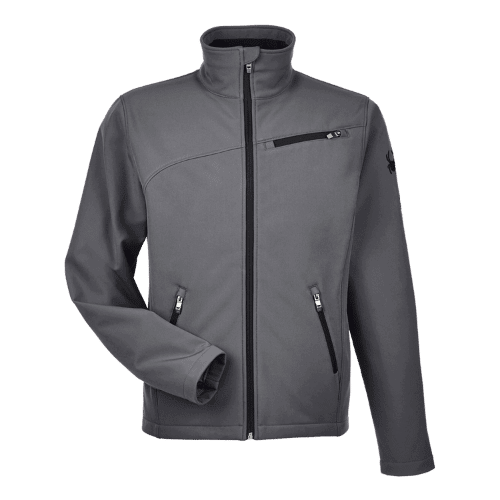
The majority of softshell jackets are not waterproof, but they are easily breathable and water-resistant. They're also colder and stretcher, making them ideal for skiing and climbing. Sweat from your lower layers is wicked to the exterior of your jacket, where it spills out and evaporates, keeping you dry. Softshells, in particular, behave similarly to fleece but with more excellent water and wind resistance.
What are Hard Shell Jackets?
As opposed to a softshell jacket, a hardshell jacket as you can decipher from its name is stiffer and can protect you from extreme weather. Unlike softshell jackets, hardshell jackets don't have a soft inner layer. Instead, they have a hard lining material. Most of the hardshell jackets are waterproof and normally windproof, with the primary purpose of keeping you safe while it rains. They serve you as your outermost layer and are often coated with different coatings like PU, AC, PVC, and PA coating to make them waterproof. Some softshell jackets have TPU lamination instead of coatings to make them waterproof but breathable. Hoods are popular on hardshell jackets to keep the rain out from the head.
Learn More: Difference between shell vs Lining
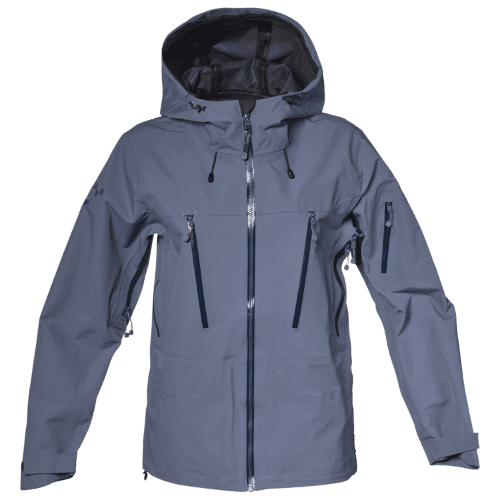
Since the cloth isn't very stretchy, has a slightly crinkly feel and tone, and is exceptionally sturdy, the name "tight shell" is appropriate. You can tell the difference between a hard shell and a softshell jacket by touching the lining and looking for a swooshing and crinkling sound - a hardshell jacket usually creates a lot of noise than a softshell jacket.
The Differences between Hard Shell vs. Softshell
_1704434619.webp)
a. Weather Resistance
Both softshells and hard shells have rigid construction and a water-resistant finish, but hard shells add a waterproof membrane for the waterproof barrier. Although a softshell can withstand wind and block light rain or snow, a hardshell is designed to provide protection throughout the day in the wettest conditions. In addition, most hard shells have helmet-compatible hoods, long collars, and drop-tail hems, as well as more extensive head-to-hip protection. However,
b. Breathability
Softshells, like hard shells, excel at weather safety while also providing excellent breathability. Body heat can quickly exit from a softshell without the extra barrier of a waterproof layer, making it an ideal choice for high-intensity sports. Many climbers and backcountry skiers we know choose softshells because they allow them to breathe while exerting themselves in the mountains.
Hard shells, on the other hand, are more likely to collect your body's heat during tasks such as skinning, snowshoeing, or climbing, allowing perspiration to build upon your tan and base layers. It's indispensable to avoid excessive sweating in the winter because hypothermia can develop easily if you stop moving and sweat freezes.
c. Durability
With new technologies engineered for heavy use, both hard shells and soft shells are helpful in terms of longevity. Hardshell cloth ranging from 20 to 80 Damiere is used in the majority of hard shells. Softshells, on the other hand, guard against wear and tear with thick, stretch materials.
d. Comfort Line
In terms of comfort, soft-shell jackets are the apparent winner. After all, it's difficult to argue with smooth, stretched materials, and often soft shells are packed with flour for added skin-to-skin support. Hard shells, on the other hand, tend to be stiffer and crankier but less versatile.
e. Cost Advantage
If you want to save money, softshells are the better option to go with. However, we believe that a softshell is always an ideal choice for outdoor winter activities, a mid-layer on a snowy or windy day, or simply a dress-around-the-city sweater.
Which One To Choose?
We won't ask this comparison "Which one is better?" because answering that question would be pointless. These are two very distinct jackets with different functions, so the question is, which one do you pick based on these differences in qualities and functionality?
The most critical factor to consider is whether you will be wearing the jacket. Each region has its climate, and the efficiency and outcome of the jacket would be influenced by the season in which it is worn. If there isn't a chance of rain or snow, a softshell is the safest option. This style of jacket is flexible because, as previously said, it fits well for layering and can be worn in both cold and warm climates.
However, if you don't know what the weather will be like or if it will rain or snow, you'll want to make sure you remain dry and warm, so a hardshell jacket is the safest choice.





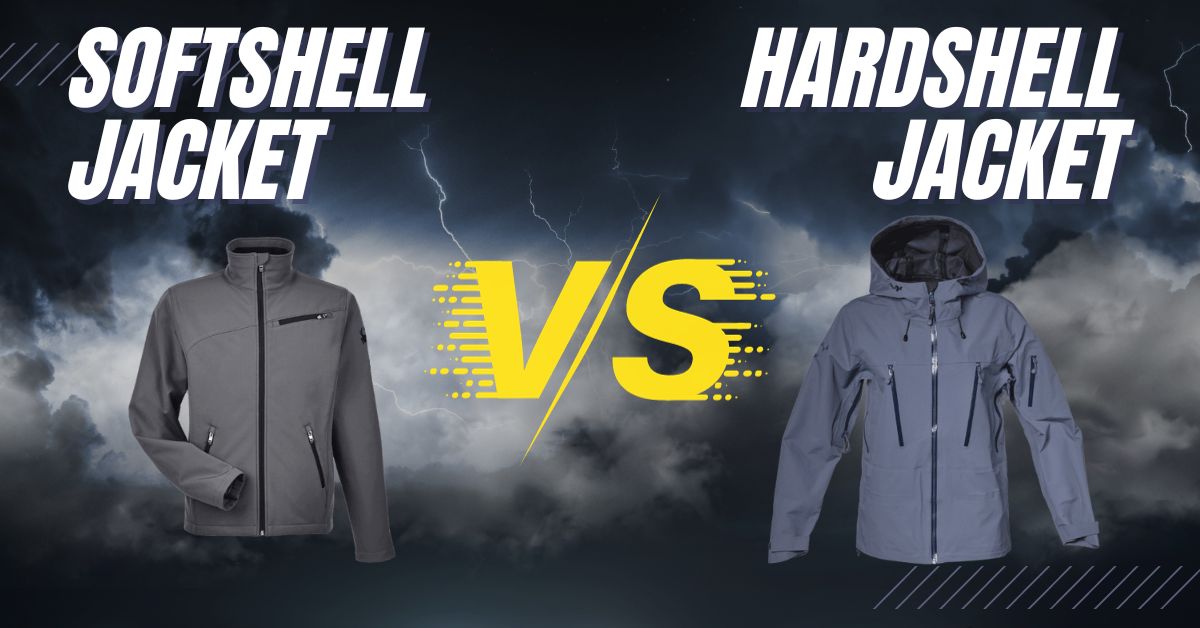


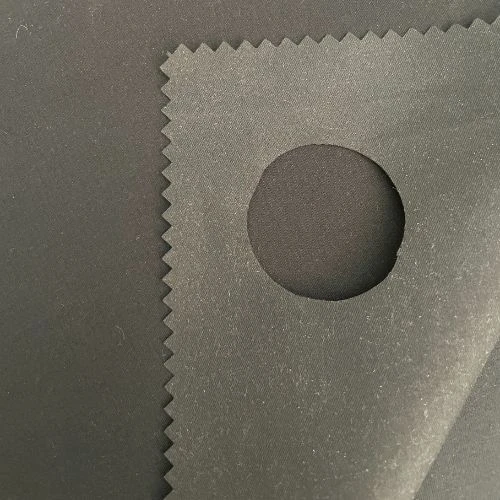




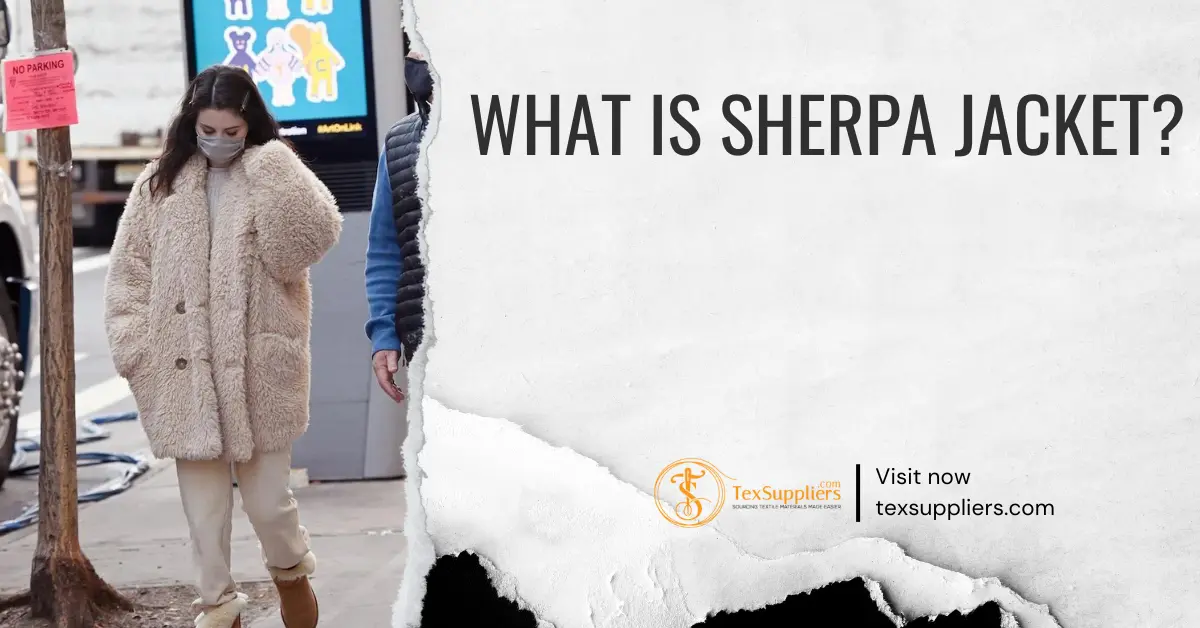


Comments - 00
Leave A Reply
Thanks for choosing to leave a comment.